The sumo squat, a variation of the classic squat, is a wide-stance exercise that engages multiple muscle groups. This article will guide you through the sumo squat’s mechanics, its importance in your fitness routine, and how mobility stretching can enhance your performance. Whether you’re a beginner or a seasoned fitness enthusiast, mastering the sumo squat can be a game-changer in reaching your goals. Let’s dive in.
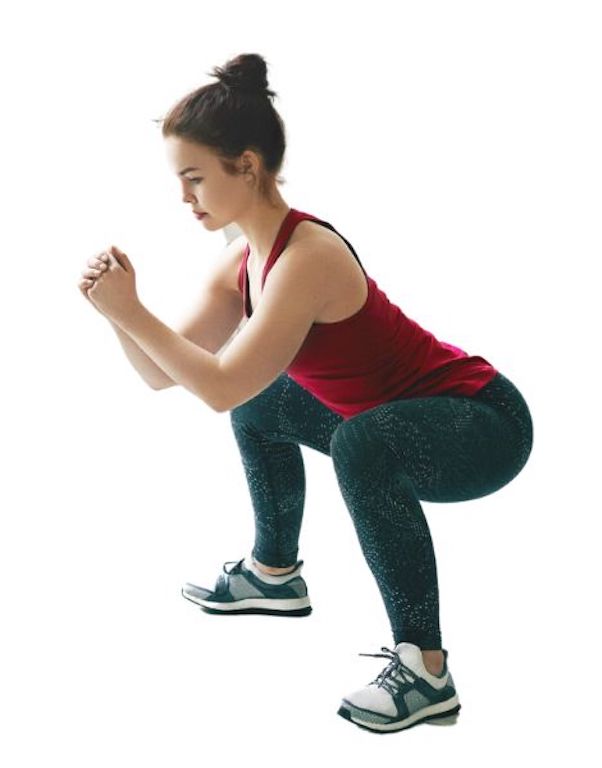
The sumo squat
Sumo squats, also referred to as wide-stance squats or sumo deadlift high pulls, are a variation of the traditional squat. This exercise involves adopting a wider stance, often with toes pointed outward, resembling the posture of a sumo wrestler. Sumo squats can be performed with or without weights, making them adaptable to different fitness levels and goals.
Muscles at work
Sumo squats engage a range of muscle groups, providing a comprehensive lower-body workout. Here are the key muscles involved:
- Quadriceps: Located at the front of the thigh, the quadriceps play a central role in sumo squats. They are responsible for extending the knee joint and straightening the leg as you rise from the squat position.
- Adductors: The inner thigh muscles, known as adductors, are heavily engaged due to the wide stance in sumo squats. They contribute to leg stability and guide the legs as they come together during the upward movement.
- Gluteus maximus: As the largest muscle in the buttocks, the gluteus maximus is a primary player in sumo squats. It is responsible for hip extension, a critical aspect of the squatting motion.
- Hamstrings: Situated at the back of the thigh, the hamstrings work in conjunction with the glutes to extend the hip joint during the ascent, providing both stability and power.
- Erector spinae: Running along the spine, the erector spinae muscles help maintain an upright posture throughout the exercise. They offer back support and prevent excessive forward leaning.
- Calves: Your calf muscles contribute to lower leg stability, especially during the lowering phase of the sumo squat.
- Core muscles: Engaging your core muscles, including the abdominals and obliques, is essential for stabilizing your torso and ensuring proper form during sumo squats.
Mastering the sumo squat
When it comes to achieving your fitness goals, proper form is key. Whether you’re a seasoned gym enthusiast or just starting your fitness journey, mastering the sumo squat can be a game-changer. This compound exercise targets multiple muscle groups simultaneously, making it an excellent addition to your routine. Let’s break down the steps to perform sumo squats correctly to ensure you get the most out of this powerful exercise.
Step 1: Warm-up
Before diving into any exercise, it’s crucial to prepare your body to prevent injuries. Spending 5-10 minutes on a warm-up routine can make all the difference. Consider light cardio exercises like jumping jacks, jogging in place, or skipping rope. This helps increase your heart rate and warms up your muscles, making them more pliable for the workout ahead.
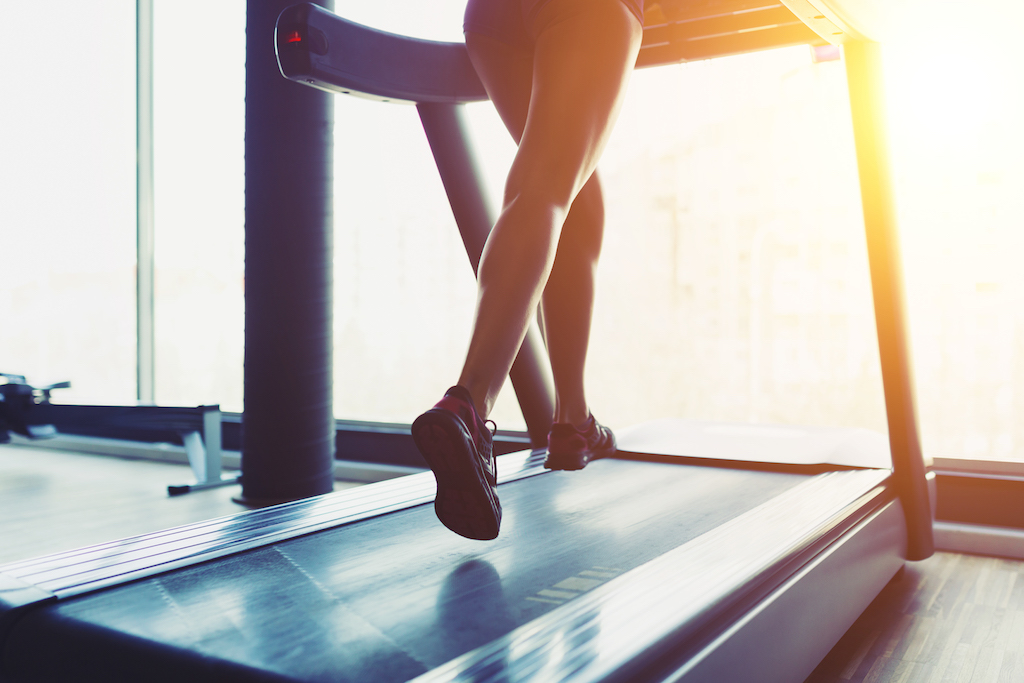
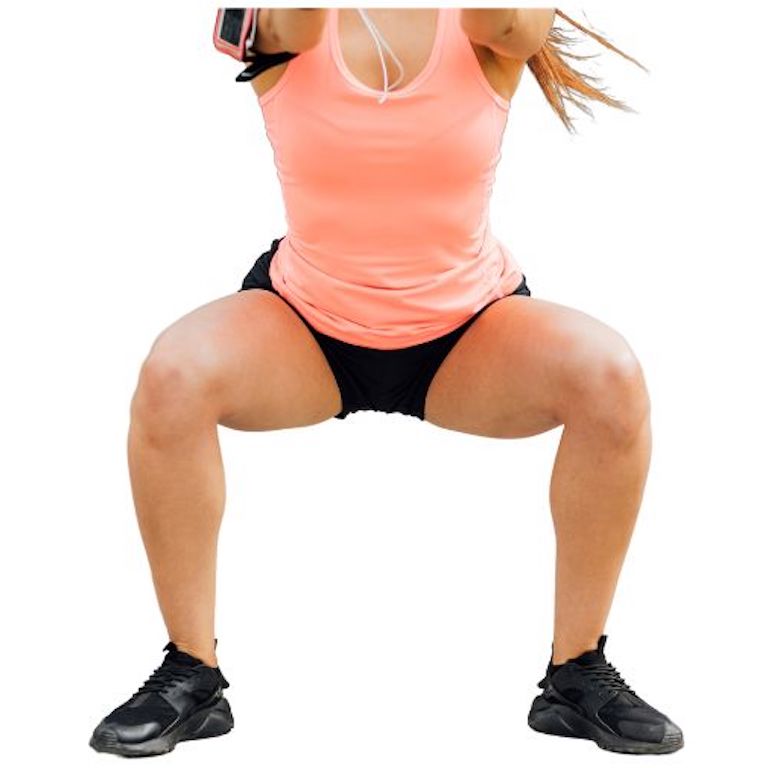
Step 2: Proper stance
Getting your stance right is the foundation of a successful sumo squat:
- Stand with your feet slightly wider than shoulder-width apart.
- Point your toes outward at about a 45-degree angle.
- Maintain an upright posture with your chest up, shoulders back, and core engaged. This alignment is crucial for maintaining good form throughout the exercise.
Step 3: The squat
Now, let’s dive into the squat itself:
- Begin the movement by pushing your hips back and bending your knees.
- Lower your body towards the ground while ensuring that your knees track over your toes. Keep your back straight and your chest up during the entire squat.
- Go as low as your flexibility allows while keeping your heels firmly on the ground. Aim to lower yourself until your thighs are parallel to the ground or even deeper if your flexibility allows.
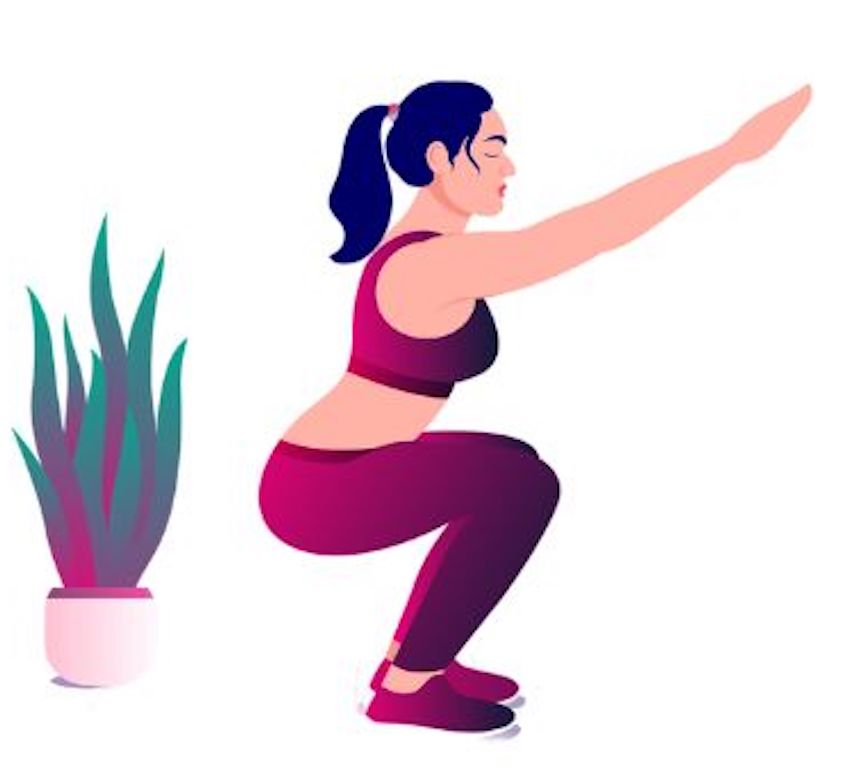
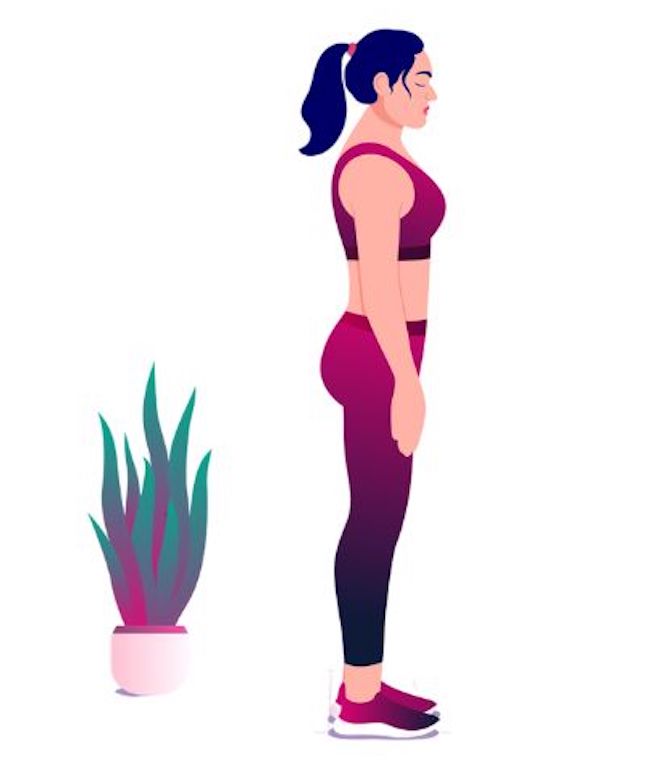
Step 4: The ascent
After you’ve descended into the squat, it’s time to rise back up:
- Push through your heels to stand back up
- Straightening your legs and returning to the starting position.
- Squeeze your glutes at the top of the movement for maximum engagement. Maintain proper form as you repeat the squat for the desired number of repetitions.
Step 5: Breathing
Breathing is often overlooked, but it’s a critical aspect of any exercise routine. Follow these guidelines:
- Inhale as you lower your body into the squat.
- Exhale as you push through your heels to stand back up.
- This rhythmic breathing pattern helps stabilize your core and provides the energy needed for the movement.

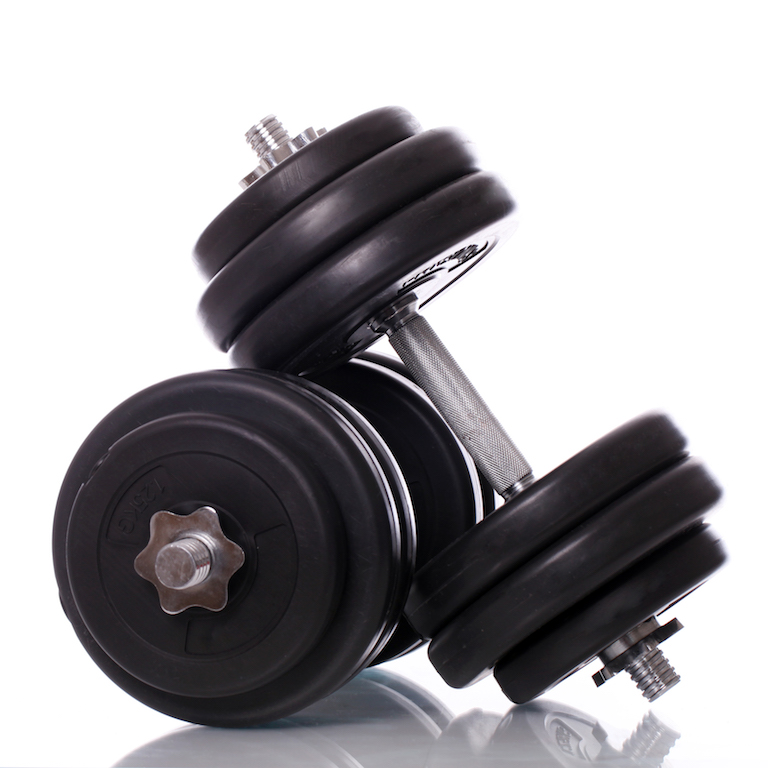
Step 6: Sets and repetitions
Tailor your sets and repetitions to your fitness level:
- Beginners can start with 3 sets of 10-12 repetitions, using only their body weight or light dumbbells.
- As you become more proficient, increase the weight and adjust the sets and repetitions according to your fitness goals.
Optimizing sumo squat performance with mobility stretching
Proper mobility stretching can help you achieve and maintain better squat technique. It allows you to get into the optimal position for squats, which includes maintaining a neutral spine and keeping your knees in line with your toes. Improved technique not only maximizes the benefits of squats but also minimizes the risk of injury.
Effective mobility stretches for sumo squats:
To get the most out of your squatting sessions, consider incorporating these mobility stretches into your warm-up routine:
- Hip flexor stretch
- Quadriceps stretch
- Calf stretch
- Ankle mobility exercises
- Thoracic spine mobility drills
In a nutshell, the sumo squat is a versatile lower-body exercise that engages multiple muscle groups. Perfecting your form is key, and incorporating mobility stretches can boost your performance and reduce the risk of injury. Whether you’re a beginner or a fitness pro, the sumo squat is a game-changer for strength, muscle building, and overall health.
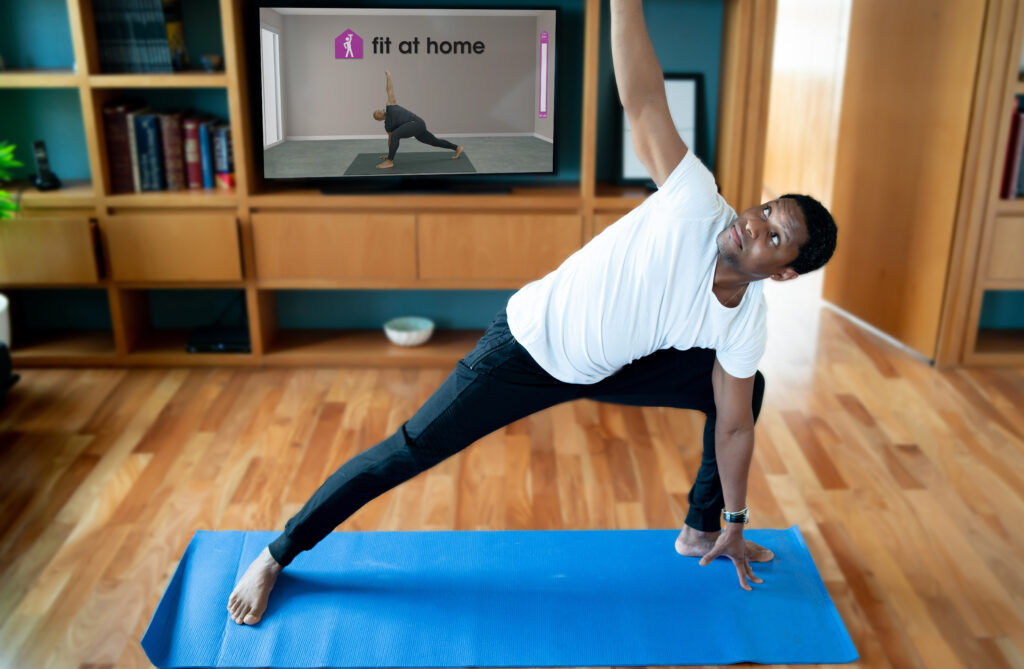
Working out with Fit at Home
With Fit at Home you never have to go to the gym to do a workout ever again! You can achieve your fitness goals with our home workouts whether you want to lose weight, improve you balance with Pilates, let your kids stay active etc.
Fit at Home is your NUMBER ONE fitness app. With more than 500 workouts for the whole family you can work out in front of your tv whenever it suits you.
Transform your TV into your personal gym!
